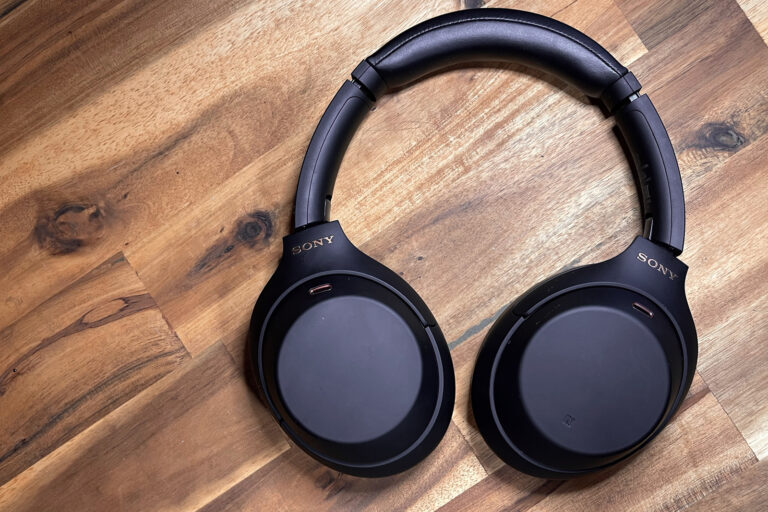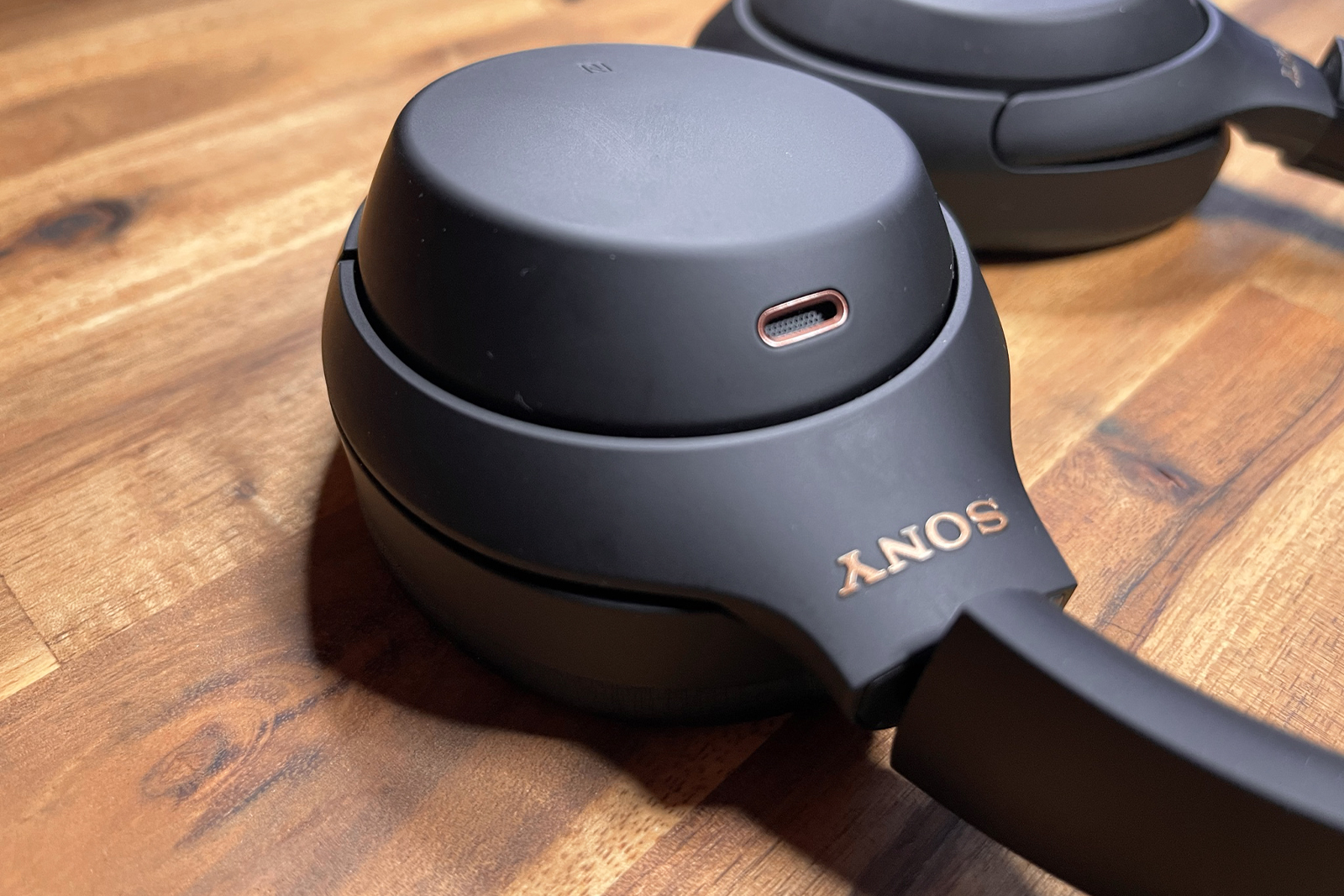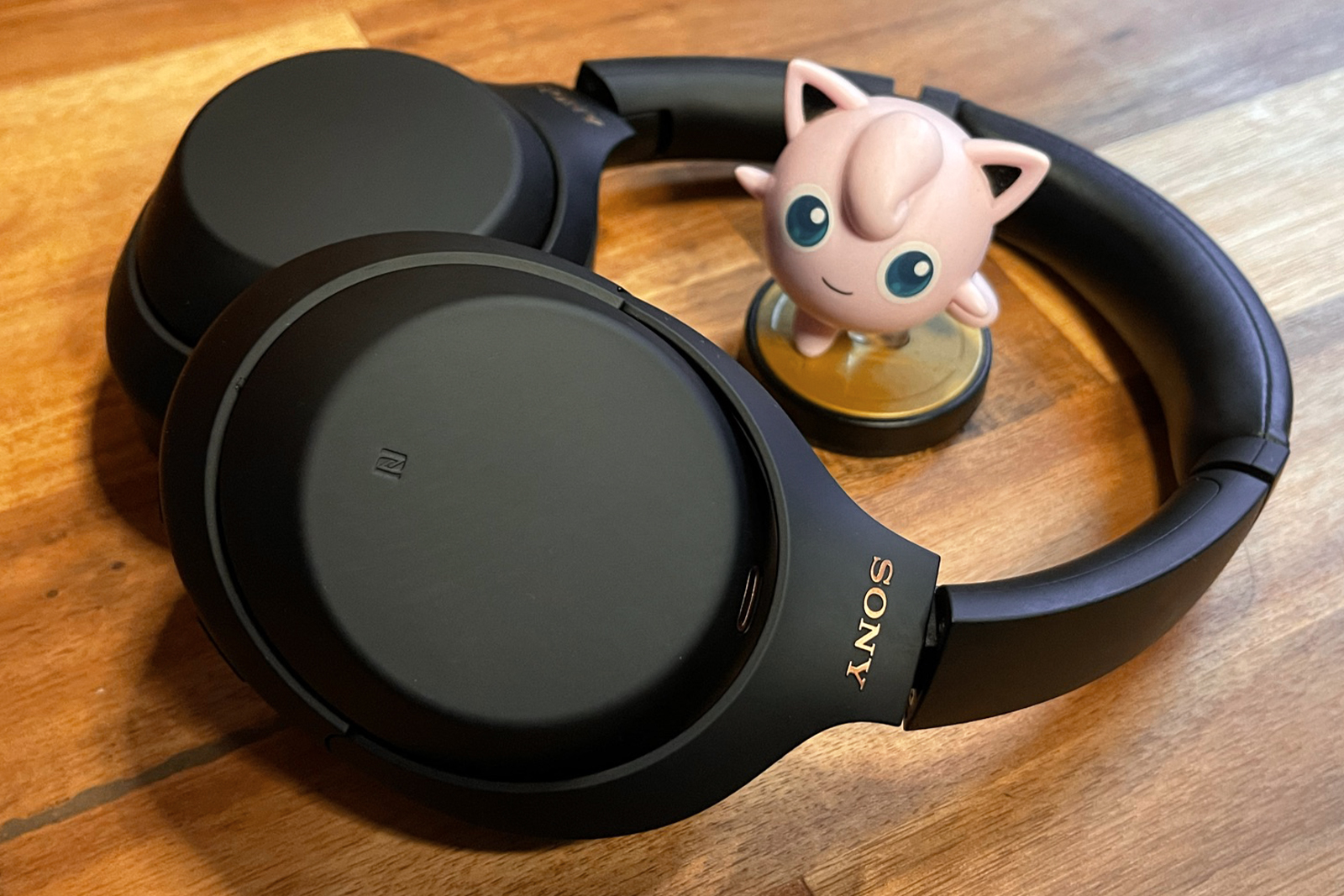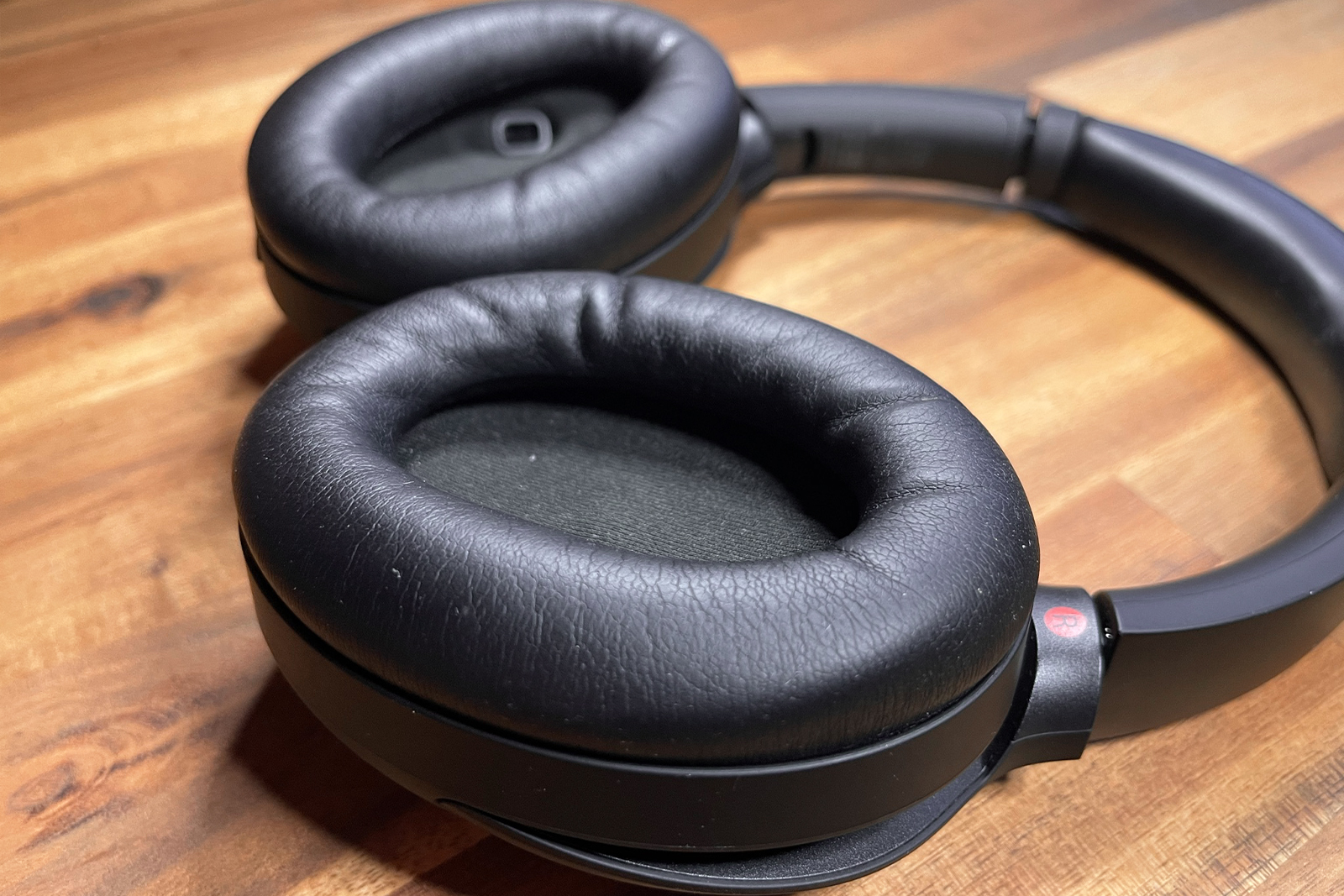Optus Mobile Review ALDI Mobile Review Amaysim Mobile Review Belong Mobile Review Circles.Life Review Vodafone Mobile Review Woolworths Mobile Review Felix Mobile Review Best iPhone Plans Best Family Mobile Plans Best Budget Smartphones Best Prepaid Plans Best SIM-Only Plans Best Plans For Kids And Teens Best Cheap Mobile Plans Telstra vs Optus Mobile Optus NBN Review Belong NBN Review Vodafone NBN Review Superloop NBN Review Aussie BB NBN Review iiNet NBN Review MyRepublic NBN Review TPG NBN Review Best NBN Satellite Plans Best NBN Alternatives Best NBN Providers Best Home Wireless Plans What is a Good NBN Speed? Test NBN Speed How to speed up your internet Optus vs Telstra Broadband ExpressVPN Review CyberGhost VPN Review NordVPN Review PureVPN Review Norton Secure VPN Review IPVanish VPN Review Windscribe VPN Review Hotspot Shield VPN Review Best cheap VPN services Best VPN for streaming Best VPNs for gaming What is a VPN? VPNs for ad-blocking If you already own the XM3s, the upgrade won’t be worth it. Even if you are a first-time investor in a fancy set of noise-cancelling headphones, you might be better served saving money on the XM3s but at the end of the day, if you’re already forking out, you might as well go for the latest and greatest. The premium noise-cancelling is perhaps best exemplified by the standup job it does of filtering out mid-range frequencies. Beside me I’ve got a pedestal fan humming along, in the room behind me, outside there’s a busy road, but the only thing that penetrates is the loud, consistent hammering from a tradie next door. Even then, the clatter that would typically drive me up the wall is muffled to the point that I can almost tune it out entirely. Otherwise, the XM4s deliver incredibly crisp detail across the board that’s elevated by the superior noise cancelling. Again, there’s nothing here that the XM3s didn’t offer, though, in my personal experience, the slight improvements to the noise-cancelling give the XM4s a little leg up when it comes to overall clarity. I toyed around with the sensitivity slider in the Sony Headphones app but failed to find a sweet spot that worked as intended. That was the last straw for Speak-to-Chat, a feature that I would never intentionally use again. Sony says that it has upgraded the ear pads since the XM3, and I can’t quite tell if that’s a material, ergonomic upgrade, or both. The look and feel are almost indistinguishable but the XM4s do feel a little snugger, which aids the primo active noise cancelling. But they’re just tight enough and push against my ears a little. I only bring this up because I feel like anyone with larger ears might find them more uncomfortable than most. Enabling multi-device pairing immediately disables Sony’s own high-res codec LDAC. As far as music streaming goes, that will only impact Tidal users but I’ve found that other weird behaviour can often be traced back to the multi-device connection too. Now and then I’ll be mid-Zoom call and the audio quality will plummet out of nowhere. While I don’t know if multi-device pairing is the root of the cause, I do know that turning the feature off seems to rectify the issue.



